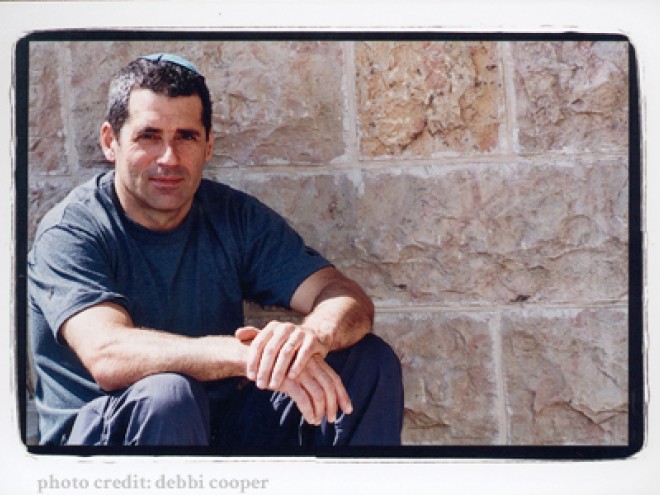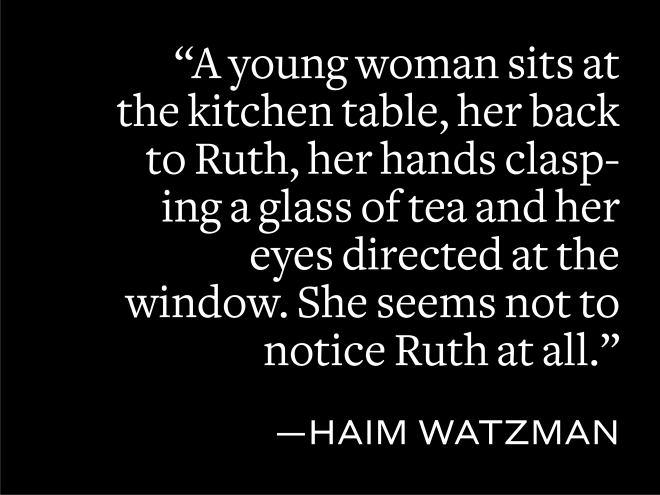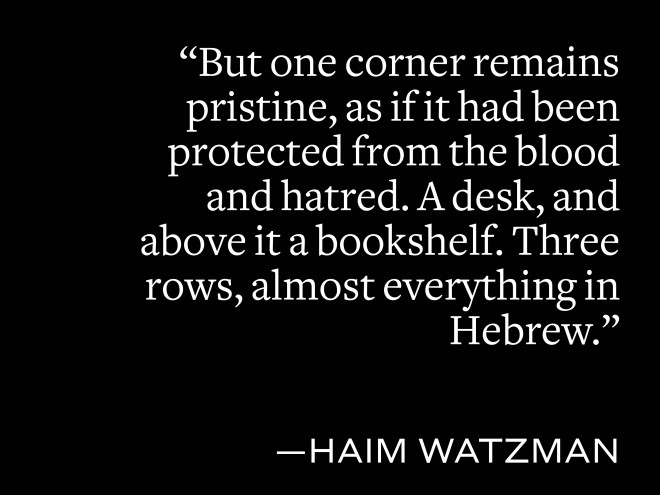In the twenty years after World War I, Tel Aviv grew from a garden suburb of Jaffa with 2,000 residents into an urban center of 160,000. Hebrew University scholar Anat Helman conveys the look and feel of the new city with a wealth of details about what it was like to live there: the architecture, transportation, public events, leisure pursuits, the buying and selling. She sets out to balance perceived images of the city with its empirically observed character — the “two cities” of her subtitle.
Renowned as the “White City” for its Bauhaus architecture, Tel Aviv’s image of sleek modernity clashed with the reality of its filth and noise and heterogeneity. The city’s café society and the prominence of fashion, Helman points out, challenged the Zionist ideal of the pioneer who labors in the fields and lives a simple life. Her best chapter captures the exuberance of the Tel Aviv beaches and the city’s ubiquitous night life of cinemas, restaurants, dance halls, and simple strolls through the streets.
Betraying its origins as a dissertation, this work often pauses to state the obvious: “Topromenade,” it explains, “is to take a walk with the purpose of presenting oneself to the world and of observing other people.” Helman’s biases surface when she argues that popular culture “was more open to outside influences than the official culture, which was consciously and selectively enlisted to produce a new and unique national Hebrew culture.” She becomes overtly ideological when, following the neo-Marxist Eric Hobsbawm, she resists ideas “imposed from above,” whether by the “cultural elite,” the government, or the Ashkenazi majority. She also characterizes advertising in Marxist terms: “as an alternative to class consciousness associated with one’s work,” she declares, “modern advertising proclaimed that a person could acquire an individual consciousness through possessions.” For many readers these observations will be gratuitous.
Overall, Helman’s research brings to light a fascinating panoply of the particulars of daily life — riding a bus, evading the dogcatcher, celebrating Jewish holidays in secular form — and the 23 wonderful illustrations are indispensable. Haim Watzman’s English rendering is a model of clarity and directness. Young Tel Aviv brings a vanished cityscape vividly back to life.
Bob Goldfarb is President Emeritus of Jewish Creativity International.





